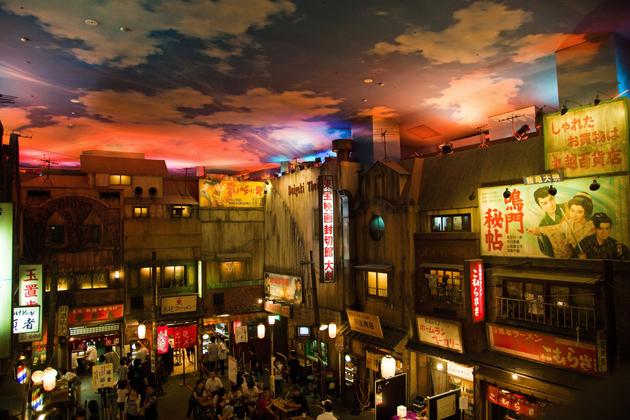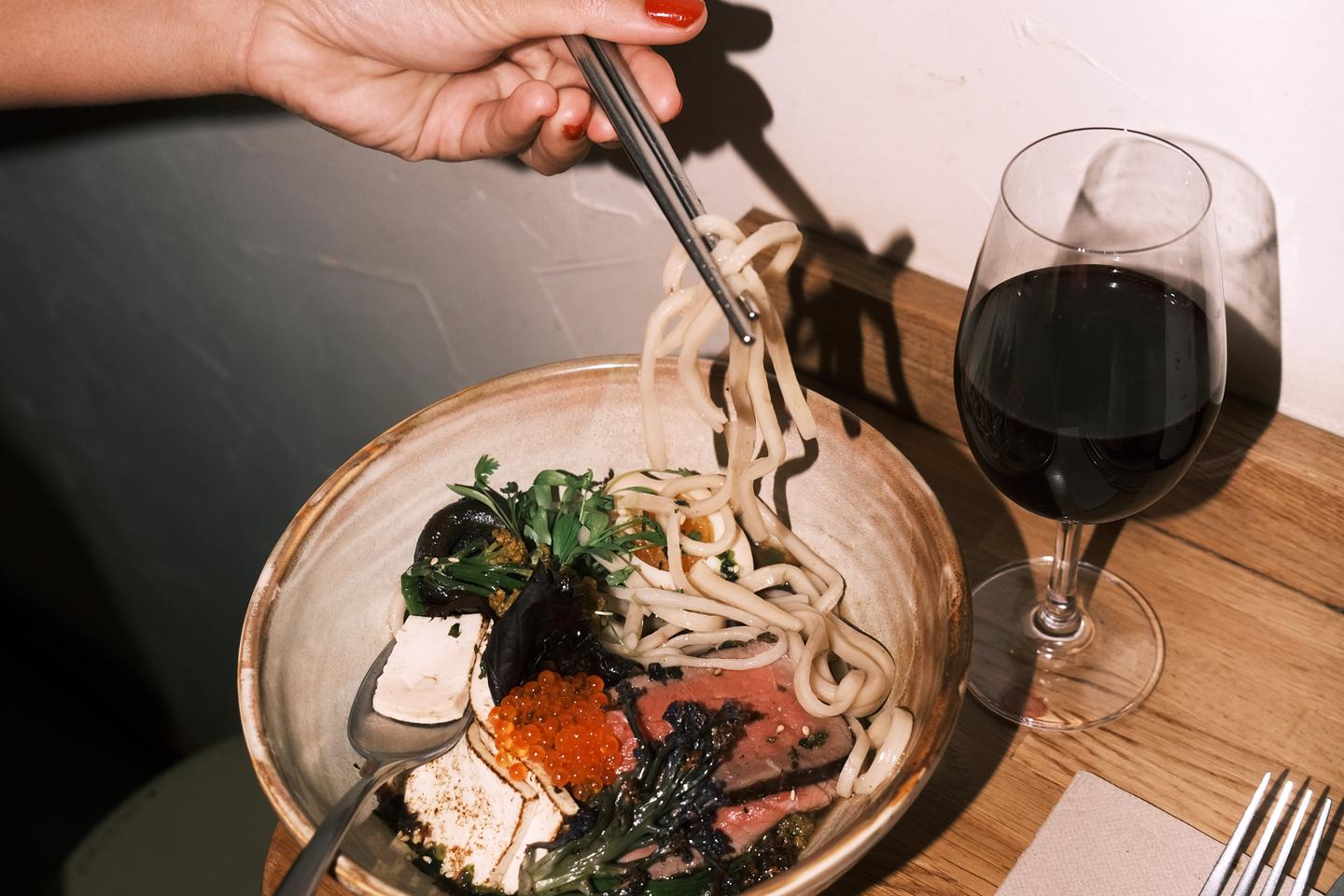In his 1985 film TamponoJapanese director Juzo Itami tells the epic story of a chef who wants to learn how to make the best ramen in Tokyo. The comedy begins with a restaurant scene: an aesthete who has studied noodle soups for 40 years initiates his student into the art of tasting. In order to fully appreciate it, the old man advises against diving straight in; instead, he suggests taking your time, examining the bowl, the drops of fat floating on the broth, the shiny bamboo shoots, the nori seaweed, the onions floating proudly in it, and above all, the magnificent slices of roast pork, the stars of the dish. He then lovingly caresses the ingredients with the tips of his chopsticks. Only after several minutes of contemplation does he taste the noodles, staring intently at the meat as if to let it know that he has not forgotten it.
This scene is a fun way to illustrate the Japanese people’s all-consuming passion for ramen. The specialty is so popular that it even has its own attraction: the Ramen Museum in Shin-Yokohama, an hour’s drive south of Tokyo (imagine a French museum dedicated to the ham and butter baguette!). The setting is a stunning reconstruction of the streets of the Japanese capital in 1958, the year instant noodles were invented.
This vintage setting, full of movie posters, toys and vehicles from the past, is home to many real ramen restaurants as well as educational areas. Here, visitors learn that the Japanese specialty actually has Chinese origins. When the country ended a long period of isolation in 1868 at the start of the Meiji era, foreign dishes gradually mixed with Japanese ones. Wheat noodles from neighboring China were combined with local delicacies such as dashi (clear broth) and narutomaki (fish pie in the shape of a white disk with a pink spiral), and thus the first versions of ramen were born.


Today, there are almost as many types of noodle soup as there are Japanese cities. Although ramen always consists of broth, noodles, and toppings, each of these elements can vary. In Tokyo, the brown, salty soup is generally made with soy sauce. In Sapporo (in the north), it is a bit lighter and is made with miso paste (fermented soybeans). In Fukuoka (in the south), it is thick and creamy, with pork bones simmered for a long time in the broth. Noodles can be straight or wavy, and vary in thickness depending on the region. As for protein, while slices of pork are common, they can be substituted with ground meat or seafood.
As a sign of the times, several stalls now offer versatile dishes tailored to religious customs (halal ramen) or dietary preferences. Vegan options are becoming more common, such as those at T’s Tantan, a small chain that uses sesame, beans and mushrooms to create a dish that is as tasty as it is filling.
You still have 60.34% of this article to read. The rest is for subscribers only.

